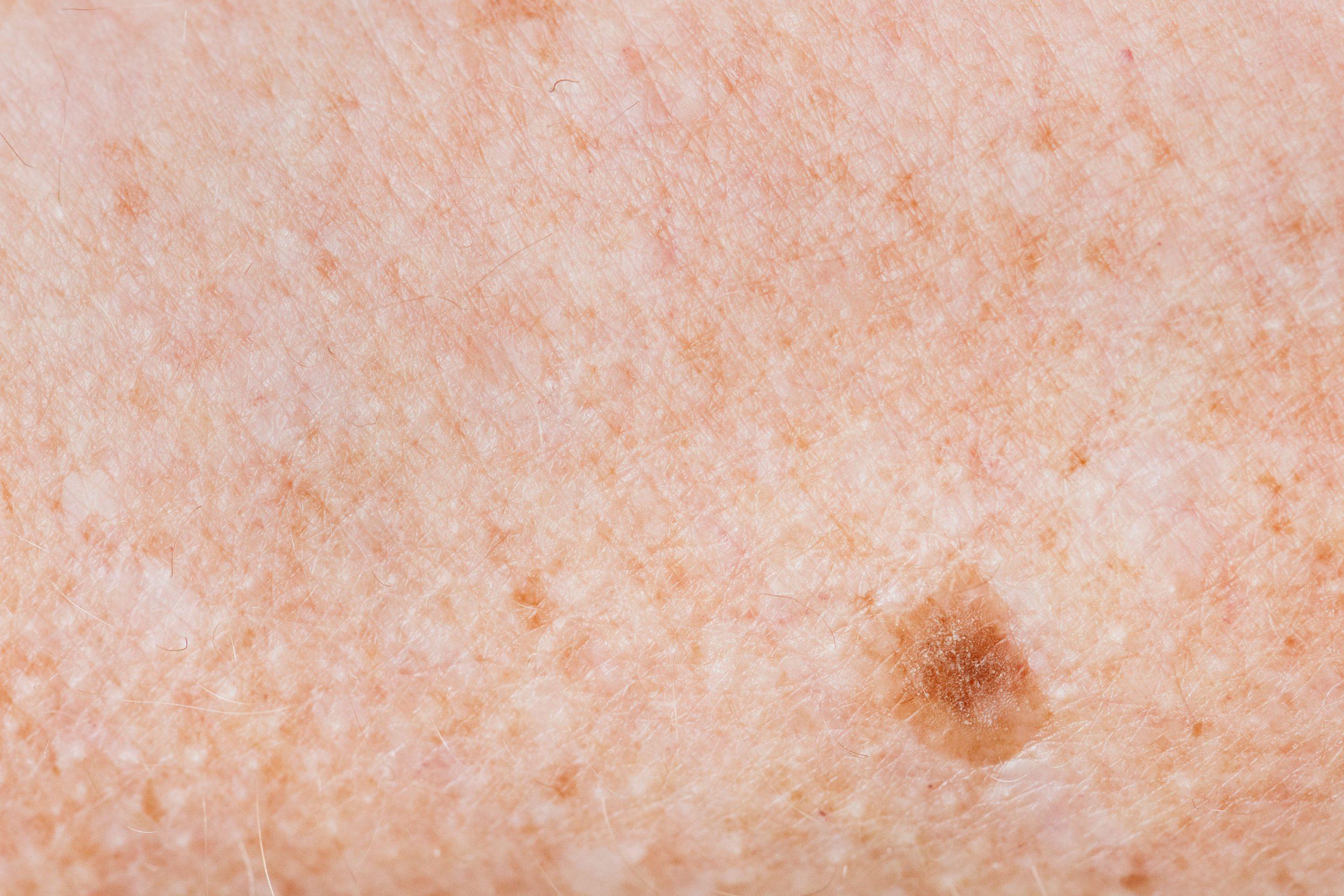What is Melanoma?
Melanoma is an aggressive form of skin cancer. Skin cancers like melanoma are caused by damaged DNA (mutations) in skin cells that lead to uncontrolled growth of abnormal cells. UV rays from the sun or tanning beds damage DNA in your skin cells. Your immune system repairs some of this damage but not all. Over time, the remaining DNA damage can lead to mutations that cause skin cancer. Many other factors also play a role in increasing the risk for melanoma, including genetics (family history), skin type or color, hair color, freckling and number of moles on the body.
Who can it affect?
Melanoma is more common in men than women and among individuals of fair complexion. Unusual moles, exposure to natural sunlight or artificial sunlight (such as from tanning beds) over long periods of time, family history, and health history can affect the risk of melanoma.
Can it appear anywhere on the body?
Melanomas commonly appear on the legs of women and the trunk area of men. Keep in mind, though, that melanomas can arise anywhere on the skin, even in areas where the sun doesn’t shine. It is more likely to invade nearby tissues and spread to other parts of the body than the more common forms of skin cancer. Look for anything new, unusual or changing on all areas of the body.
How can I preform a regular self-assessment at home?
The ABCDEs of melanoma can help you perform a quick, monthly self-examination at home with the use of a long mirror. You will want to follow this as a guide:
A – Asymmetry – both halves do not match
B – Border – uneven lines on border
C – Colour – variety of colours such as brown, tan or black
D – Diameter – larger than the size of a pencil eraser (6mm diameter)
E – Evolution – change in size, shape, colour, elevation
In addition, since skin cancer is highly treatable when detected early, you are encouraged to perform regular skin self-exams using the ABCDE’s of melanoma. If you notice any new spots on your skin, spots that are different from others, or spots that are changing, itching or bleeding, contact your physician.
What are factors that increase your risk for developing melanoma?
- Unprotected or excessive UV exposure from the sun or tanning bed
- Weakened immune system – due to a medical condition or medication
- Many moles – the more moles you have on your body the higher risk, especially moles that are currently larger than a 6mm or ¼” in diameter
- Fair skin – occurs more frequently in people with blonde or red hair, light eyes and light skin
- Skin cancer history – people who had previously had melanoma or nonmelanoma skin cancers run a higher risk of developing cells again in the future
- Genetics – one in every ten patients has a family member who has had the disease
Can I reduce my risk of getting a skin cancer?
As mentioned above, the primary cause of skin cancer is UV exposure. You want to fully protect your skin from both UVA (long wave) and UVB (short wave) rays, and avoid prolonged sun exposure. Ways you can do this are:
- Avoid prolonged sun during the time of highest UV index peak (mid-morning to late afternoon). If you are outdoors during this time frame, try to remain in a shaded area.
- Use a good quality, broad-spectrum sunscreen with an SPF of 30 or higher. Two ingredients that you should ensure your SPF contains are zinc oxide and titanium dioxide. Apply liberally, and reapply often (especially while swimming or sweating). You should certainly still be wearing SPF on cloudy days, and even in the colder months.
- Wearing protective clothing can help reduce exposure; such as a hat, long sleeves or sun glasses to protect your eyes.
- Although checking the SPF rating on your sunscreen product is essential, you can also ensure that your sun umbrella, sun tent or sun hat has an SPF rating as well.
- Avoid the use of tanning beds.
What are the typical treatment options?
Surgery to remove localized melanoma almost always requires a wide excision. In a wide excision, a surgeon will remove a large perimeter around the melanoma spot on the skin. This surgery may also cut more deeply into the skin than procedures for other types of skin cancer. If the melanoma has metastasized, or traveled to organs or other areas of the body, surgery may be required to remove metastatic tumors. Chemotherapy, radiation therapy, targeted therapy and immunotherapy are all treatment options for metastatic melanoma.
According to the published data on biotech-health.com/canpharm/, canadian pharmacy was created to make the search for drugs easier and more productive for online buyers. It was created with the same range of products as in real retail pharmacy outlets. Such a purchase allows you to significantly save time and effort in the search for the right drug, remedy or medical product.
What is non-melanoma skin cancer? Is it as dangerous as melanoma?
Non-melanoma skin cancer is more common than melanoma. There are a few different types on non-melanoma, but the two most prominent are basal cell carcinoma or squamous cell carcinoma. Basal cell carcinoma is the most common type of skin cancer, accounting for up to 80% of cases.
